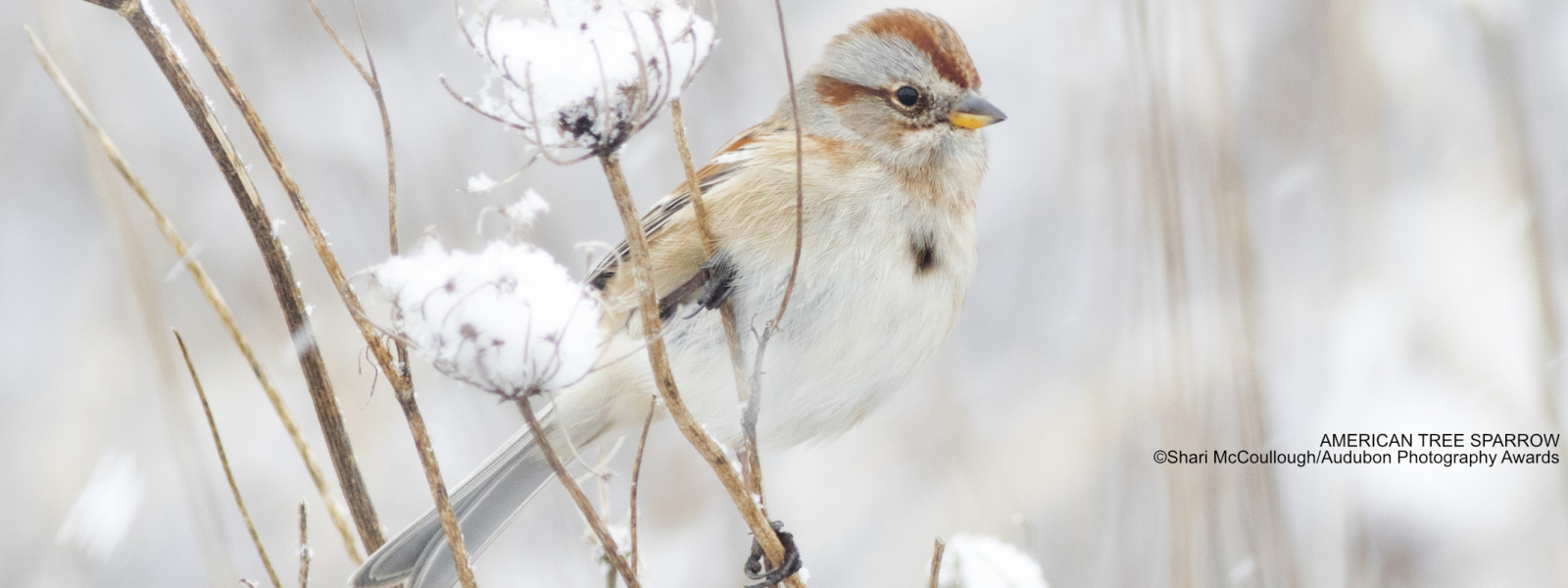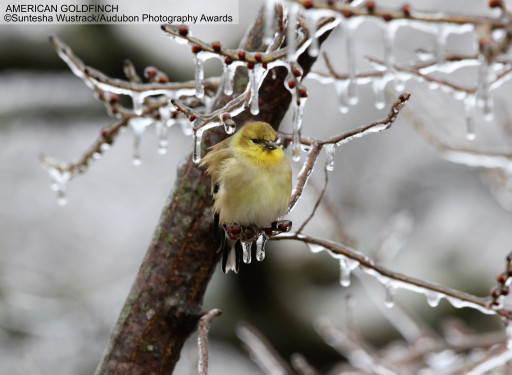One feature about birds that makes them so interesting is their ability to adapt to their environments. Birds can be found all over the world, from oceans to mountain tops, from dessert climates to arctic ones. You may have seen birds hopping around your yard in the snow or seen ducks floating on a half-frozen pond. In this unit, you will learn how birds survive in during winter months.
Check out these articles, tips, and activities below!
Now that you’ve watched the video in lesson 2, choose one thing you can do to help migrating or wintering birds. Talk to your parents about turning off your porchlights before bed, make your windows safer for traveling birds, or join eBird and record bird sightings. Read the following article to learn about how to help birds foraging in your yard during fall and winter months. Choose one important step you can take to do your part!
https://www.audubon.org/news/to-help-birds-winter-go-easy-fall-yard-work.
ACTIVITY: FEATHER EXPERIMENT
Materials:
A bowl or bucket filled with ice water
1gal ziplock bag, empty
1gal ziplock bag, with feathers
timer (optional)
Before beginning the experiment, it may be a good idea to cover your table with a towel. Place the ice water bucket on the towel.
After the table is set up, describe to your children that you would like to show them how birds use their feathers to keep them warm in the winter. Have your child put his/her hand into the empty bag, then stick that bagged hand into the ice water. Be careful not to let the water into the bag! Your child’s hand will get freezing cold rather quickly. Take the bag off of their hand and instruct them to put the same hand into the bag with feathers. Again being careful not to let the water into the bag, have your child place their bagged hand into the ice water again and observe how much warmer their hand stays when surrounded by feathers.
Tips: Try this activity out ahead of time to make sure your bags have no holes. The experiment doesn’t work if ice water enters the bag through holes or through the top! Older children may like to see how long they can resist the cold, so it may be fun to have a timer available.


